Introduction
In the realm of culinary delights, traditional dishes often hold a special place, not just for their flavor but also for the stories and traditions they encapsulate. One such dish that stands out is Pork Trotter Stew with Wood Ear Mushrooms—a hearty, rich meal that combines the earthy, gelatinous goodness of slow-cooked pork trotters with the delicate, umami-laden texture of wood ear mushrooms. This dish is not just a meal; it’s a journey through flavors, textures, and aromas that transport you to the heart of culinary heritage.
In this guide, we’ll delve into the intricacies of preparing Pork Trotter Stew with Wood Ear Mushrooms, from sourcing the best ingredients to mastering the cooking techniques that bring out the best in each component. By the end, you’ll not only have a delicious meal but also a deeper understanding of the art of stew-making.
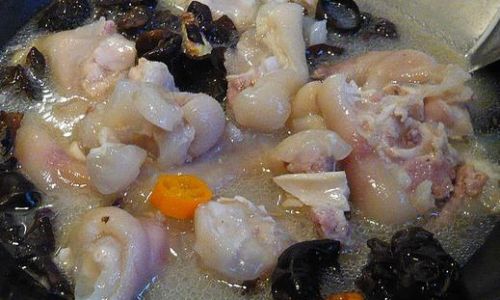
Section 1: Ingredient Selection
Pork Trotters: The foundation of this stew is, of course, the pork trotters. Look for trotters from well-raised, grass-fed pigs for the best flavor and texture. Freshness is key; they should have a firm, slightly tacky texture and a clean, slightly sweet smell. Avoid any that appear slimy or have an off-putting odor.
Wood Ear Mushrooms: These mushrooms, also known as Auricularia auricular-judae, add a unique texture and umami flavor to the stew. They should be dry, with a slightly curly appearance and a firm, yet slightly elastic texture when rehydrated. Dried wood ear mushrooms are preferred as they have a more concentrated flavor and longer shelf life.
Aromatics and Seasonings: Essential for building layers of flavor, your aromatics should include fresh garlic, ginger, and shallots or onions. For seasoning, you’ll need salt, black pepper, soy sauce or tamari for gluten-free options, Shaoxing wine or dry sherry, and a touch of brown sugar to balance the acidity.
Vegetables: To round out the stew, add some hearty vegetables like carrots, potatoes, and turnips. These will absorb the rich broth and add both color and nutrition to the dish.
Broth: A good quality chicken or pork broth is crucial. Homemade is always best, but if you must use store-bought, opt for a low-sodium, organic variety to avoid over-salting the stew.
Section 2: Preparation Techniques
Cleaning and Preparing the Trotters: Begin by thoroughly rinsing the pork trotters under cold running water. Use a sharp knife to trim away any excess hair, fat, or skin, being careful not to cut into the meat. This step is crucial for a clean, presentable final dish.
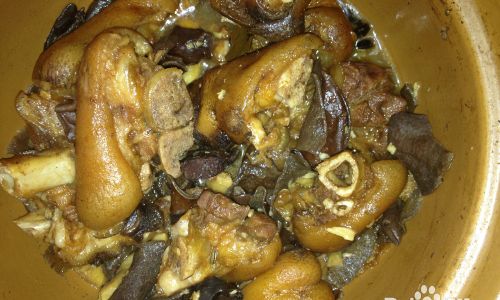
Soaking the Mushrooms: Place the dried wood ear mushrooms in a bowl of cold water and let them soak for at least 30 minutes, or until they are fully softened and pliable. Once soaked, gently rinse them under cold water to remove any dirt or debris, then slice them into bite-sized pieces.
Sautéing Aromatics: In a large, heavy-bottomed pot or Dutch oven, heat a tablespoon of oil over medium heat. Add the chopped garlic, ginger, and shallots or onions. Sauté until fragrant and slightly translucent, about 3-4 minutes. This step creates the base flavor for the stew.
Browning the Trotters: Remove the aromatics from the pot and set them aside. Increase the heat to medium-high and add a bit more oil if needed. Season the pork trotters with salt and pepper, then sear them on all sides until they are golden brown and have developed a nice crust. This not only adds flavor but also helps to lock in juices during the long cooking process.
Deglazing and Simmering: Once the trotters are browned, return the aromatics to the pot and pour in the Shaoxing wine or dry sherry. Allow it to bubble and reduce by half, scraping up any browned bits from the bottom of the pot. This process, known as deglazing, adds depth to the broth. Next, add the broth, soy sauce, brown sugar, and bring the mixture to a boil. Reduce the heat to low, cover, and let the stew simmer gently for at least 2-3 hours, or until the pork trotters are tender and the broth has thickened slightly.
Adding Vegetables and Mushrooms: After the trotters have cooked for about an hour and a half, add the prepared vegetables and wood ear mushrooms to the pot. Ensure they are submerged in the broth. Continue to simmer until the vegetables are tender and the flavors have fully melded, another 1-1.5 hours.
Section 3: Finishing Touches
Taste and Adjust Seasoning: Once the stew is nearly done, taste it and adjust the seasoning as needed. You may want to add more salt, pepper, or a splash of soy sauce for extra flavor. Remember, the flavors should be balanced—not too salty, not too sweet, but rich and satisfying.
Serving: Serve the Pork Trotter Stew with Wood Ear Mushrooms in bowls over a bed of steamed rice or noodles to soak up the delicious broth. Garnish with chopped green onions, cilantro, or a sprinkle of sesame seeds for added color and flavor.
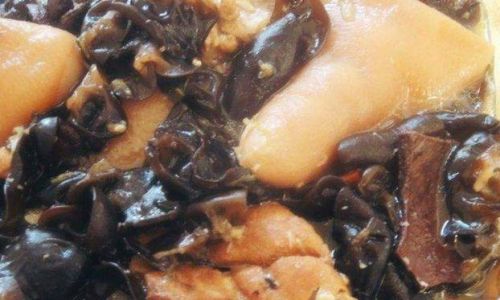
Storage: Leftovers can be stored in an airtight container in the refrigerator for up to 3 days. Reheat gently over low heat, adding a splash of broth if needed to loosen the stew.
Conclusion
Pork Trotter Stew with Wood Ear Mushrooms is a dish that rewards patience and attention to detail. Each step, from sourcing the ingredients to the final simmer, contributes to the dish’s complexity and depth of flavor. It’s a meal that invites you to slow down, savor, and appreciate the art of cooking.
More than just a recipe, this dish is a testament to the beauty of traditional cooking—where simple ingredients, when treated with care and respect, can transform into something extraordinary. So, the next time you find yourself in the kitchen, consider giving this stew a try. It’s not just a meal; it’s a journey through time, flavor, and culinary tradition.
Remember, the key to mastering this dish lies in the balance of flavors, the slow cooking process, and the quality of ingredients. With these elements in place, you’ll be well on your way to creating a heartwarming, flavorful stew that will be cherished by all who taste it. Happy cooking!
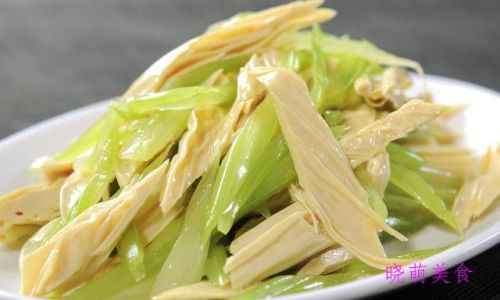
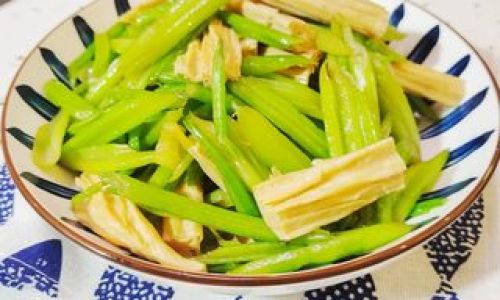
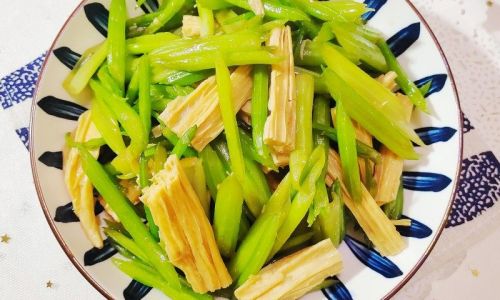

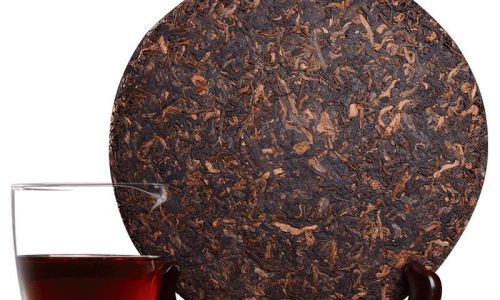
0 comments